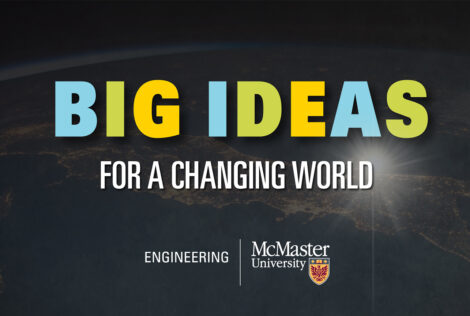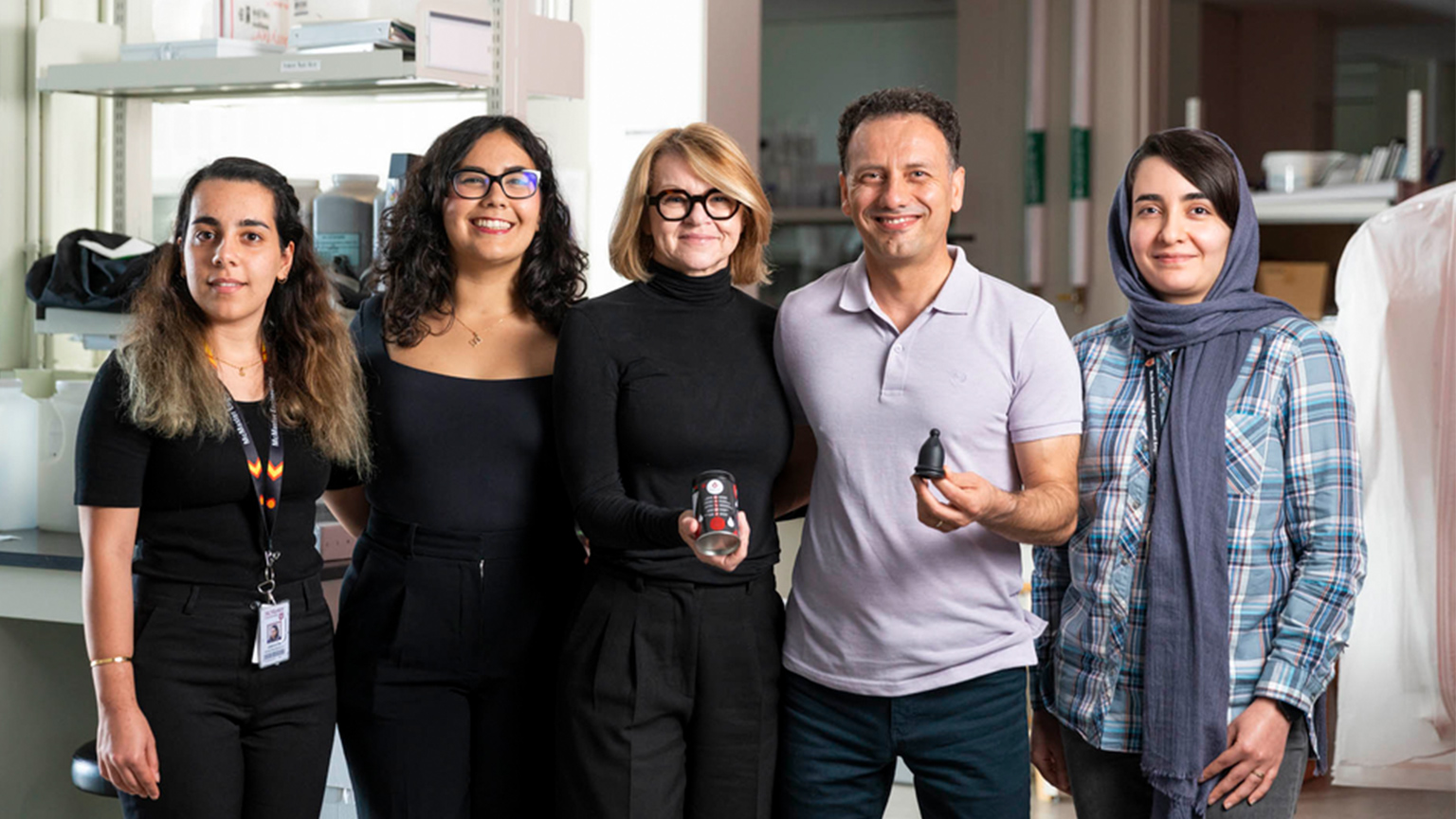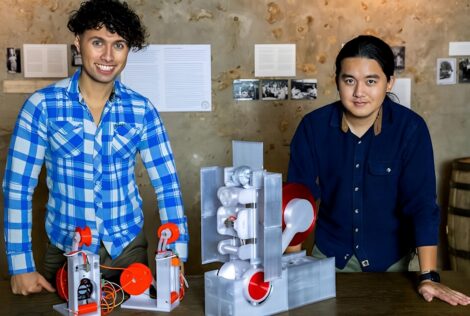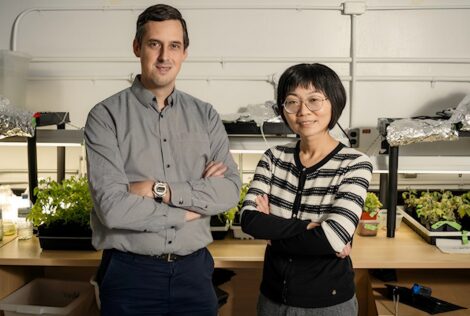

In a world where wearable technology has revolutionized how we monitor our health, one innovative product is challenging the status quo. But this isn’t another shiny or fashionable gadget; it’s something far more personal and essential – a menstrual cup.
McMaster Engineering Professors and Canada Research Chairs, Tohid Didar and Zeinab Hosseinidoust, are leading a team of student researchers focused on innovating a product currently in market: the Bfree Cup.
Alongside them is its inventive force and founder of the social enterprise Women’s Global Health Innovations, Leisa Hirtz. Together, they’re working to elevate an already revolutionary product that’s poised to disrupt the global issue of period poverty while advancing women’s healthcare.
From inception to the McMaster lab
Hirtz’s Bfree Cup is differentiated in the market as the world’s only menstrual cup that doesn’t need to be boiled between uses. Its clever silicone design makes it physically antibacterial.
Approximately 60,000 people across the globe are using a Bfree Cup as an environmentally friendly alternative to expensive and one-time use pads and tampons.
Bfree Cup’s creation was inspired by Hirtz’s travel to remote villages in Uganda and Kenya where she spoke to women who resorted to unsanitary means like mattress stuffing or old socks to manage their periods. As a result of challenges faced during menstruation, women in these regions became stigmatized leading to exclusion from daily activities. “Being able to menstruate with dignity and proper hygiene is a human right,” says Hirtz.
Since getting her product to market, Hirtz has returned to these villages to distribute the Bfree Cup. “We hand out the product once, and it lasts for many years,” says Hirtz. “With pads and tampons we’d need to provide a continuous supply to have the same impact.”
Feedback from Bfree Cup users all over the globe is invaluable to its continued development. One piece of feedback across the menstrual cup market is the concern about spillage of fluids upon removal. This is where the McMaster team’s engineering expertise becomes integral.
Adding absorbency
“We’re putting our engineering knowledge and tools to work,” says Didar, who has years of experience researching bio-functional interfaces for the design and development of advanced biomaterials, biosensors, medical coatings and organs-on-chips for applications in diagnostics and therapeutics.
The first challenge for the research team is designing and testing an absorbent gel that can contain menstrual fluid within the cup for tidy and flushable disposal with no harm to the environment.
Fighting disease with viruses
A naturally antibacterial surface and potential for absorbency is just part of what the team hopes will set Bfree Cup apart from its competitors.
“I like the absorbency challenge, but I know we can do more,” says Didar.
Hosseinidoust’s research expertise in bacteriophages – viruses that target bacteria in a highly specific manner – is enlightening the project’s next stage. Phages are potent antimicrobials discovered over a century ago and having a renaissance globally as an alternative to antibiotics, which in contrast to the highly targeted action of phages, can kill good bacteria in the body along with infectious ones.
If we can develop a biosensor gel for the cup that can detect bacteria, then potentially use the cup to also release bacteriophages, we can proactively treat vaginal disease.
During her travels to Africa, Hirtz has learned of the complications undiagnosed and untreated disease like bacterial vaginitis can cause including infertility, higher risks for sexually transmitted infections or low birth weight in pregnancy.
“The benefits of gathering health information using a menstrual cup and activating treatment through the same means will be not only impactful in remote or developing regions, but women’s health globally,” says Hosseinidoust.
Sparking a paradigm shift in women’s health
Six months into the project, Didar and Hosseinidoust say they’re meeting key milestones. “Disruptive technologies take time, effort and can be high risk,” says Didar. “Patience is needed, but it doesn’t mean we lose momentum.”
Hosseinidoust sees this work as sparking a paradigm shift in women’s healthcare. “Information and education are critical, but we need engineers to come in and design new solutions, some of which might be quite disruptive,” she says. “Sometimes you need to change the picture in order to advance and have an impact.”
Experience and skill aside, the researchers all share in a passion for their work. “There’s still stigma around periods and we need to break down barriers and focus on something essential to women,” says Najm. “I find it empowering working alongside a team of primarily women to address a women’s health issue,” says Moghimikandelousi.
Hirtz has felt confident in the trajectory of the Bfree Cup in the hands of McMaster researchers. “Research done at such a reputable university helps strike down some of the taboos with menstrual cups and period health,” she says. “There’s so much room for research in women’s health. I’m excited to see Bfree Cup become the most innovative menstrual product on the market.”
Supporting research efforts are grants from NSERC Alliance, Ontario Centre of Innovation, Grand Challenges Canada Stars in Global Health, United Nations Population Fund, Fund for Innovation and Transformation, and the i.d.e.a. Fund.


